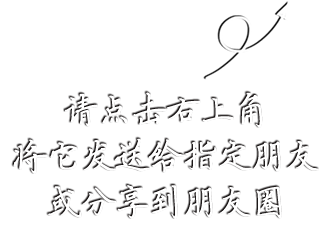优化
JDK1.4, 1.5 的 String Class 代码如下 以下内容为程序代码
以下内容为程序代码
public final class String
implements java.io.Serializable, Comparable<String>, CharSequence
{
/** The value is used for character storage. */
private final char value[];
/** The offset is the first index of the storage that is used. */
private final int offset;
/** The count is the number of characters in the String. */
private final int count;
 以下内容为程序代码
以下内容为程序代码
/**
* Initializes a newly created <code>String</code> object so that it
* represents the same sequence of characters as the argument; in other
* words, the newly created string is a copy of the argument string. Unless
* an explicit copy of <code>original</code> is needed, use of this
* constructor is unnecessary since Strings are immutable.
*
* param original a <code>String</code>.
*/
public String(String original) {
int size = original.count;
char[] originalValue = original.value;
char[] v;
if (originalValue.length > size) {
// The array representing the String is bigger than the new
// String itself. Perhaps this constructor is being called
// in order to trim the baggage, so make a copy of the array.
v = new char[size];
System.arraycopy(originalValue, original.offset, v, 0, size);
} else {
// The array representing the String is the same
// size as the String, so no point in making a copy.
v = originalValue;
}
this.offset = 0;
this.count = size;
this.value = v;
}
从这段构造函数中,我们可以看出,不同Reference的String之间有可能共享相同的 char[]。
 以下内容为程序代码
以下内容为程序代码
/**
* Compares this string to the specified object.
* The result is <code>true</code> if and only if the argument is not
* <code>null</code> and is a <code>String</code> object that represents
* the same sequence of characters as this object.
*
* param anObject the object to compare this <code>String</code>
* against.
* return <code>true</code> if the <code>String </code>are equal;
* <code>false</code> otherwise.
* see java.lang.String#compareTo(java.lang.String)
* see java.lang.String#equalsIgnoreCase(java.lang.String)
*/
public boolean equals(Object anObject) {
if (this == anObject) {
return true;
}
if (anObject instanceof String) {
String anotherString = (String)anObject;
int n = count;
if (n == anotherString.count) {
char v1[] = value;
char v2[] = anotherString.value;
int i = offset;
int j = anotherString.offset;
while (n-- != 0) {
if (v1[i++] != v2[j++])
return false;
}
return true;
}
}
return false;
}
但是,equals 方法似乎忽略了这个可能。没有直接对两者的char[]的reference进行比较。
按照我的想法,应该加入这么一段。
 以下内容为程序代码
以下内容为程序代码
if (anObject instanceof String) {
String anotherString = (String)anObject;
int n = count;
if (n == anotherString.count) {
char v1[] = value;
char v2[] = anotherString.value;
int i = offset;
int j = anotherString.offset;
////{{
if(i == j && v1 == v2) return true; // NOTE: this line is added by me
///
Java String 的 equals() 方法可能的优化
80酷酷网 80kuku.com





